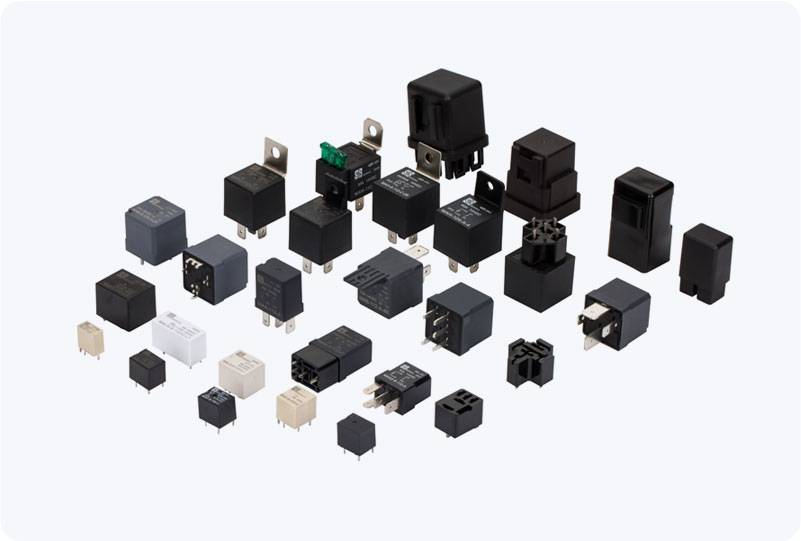Automotive relays are integral components in modern vehicle electrical systems, controlling high-power devices using low-power control circuits. The key to their operation lies in the relay coil, an electromagnet that, when energized, activates or deactivates the relay’s switching mechanism. In this article, we’ll explore the specifications of automotive relay coils, including their voltage, resistance, and current, providing a deeper understanding of how they function in vehicle applications.

The Basics of Automotive Relays An automotive relay is a switch that allows electrical devices to be turned on or off by applying voltage to a coil. When the coil is energized, it generates a magnetic field that pulls a metal armature, closing or opening the relay contacts. The switch controls high-current devices like motors, lights, and solenoids, which are essential for the vehicle’s operation. Automotive relays are typically found in circuits that need to handle large amounts of power without burdening the vehicle’s primary control system. Coil Voltage One of the most important specifications of a relay coil is its operating voltage. The coil voltage determines the electrical potential required to activate the electromagnet inside the relay. Automotive relays generally operate on either 12V or 24V systems, with 12V being the most common for standard passenger vehicles. A 24V relay is often used in commercial vehicles or heavy-duty trucks, where higher voltage systems are required.